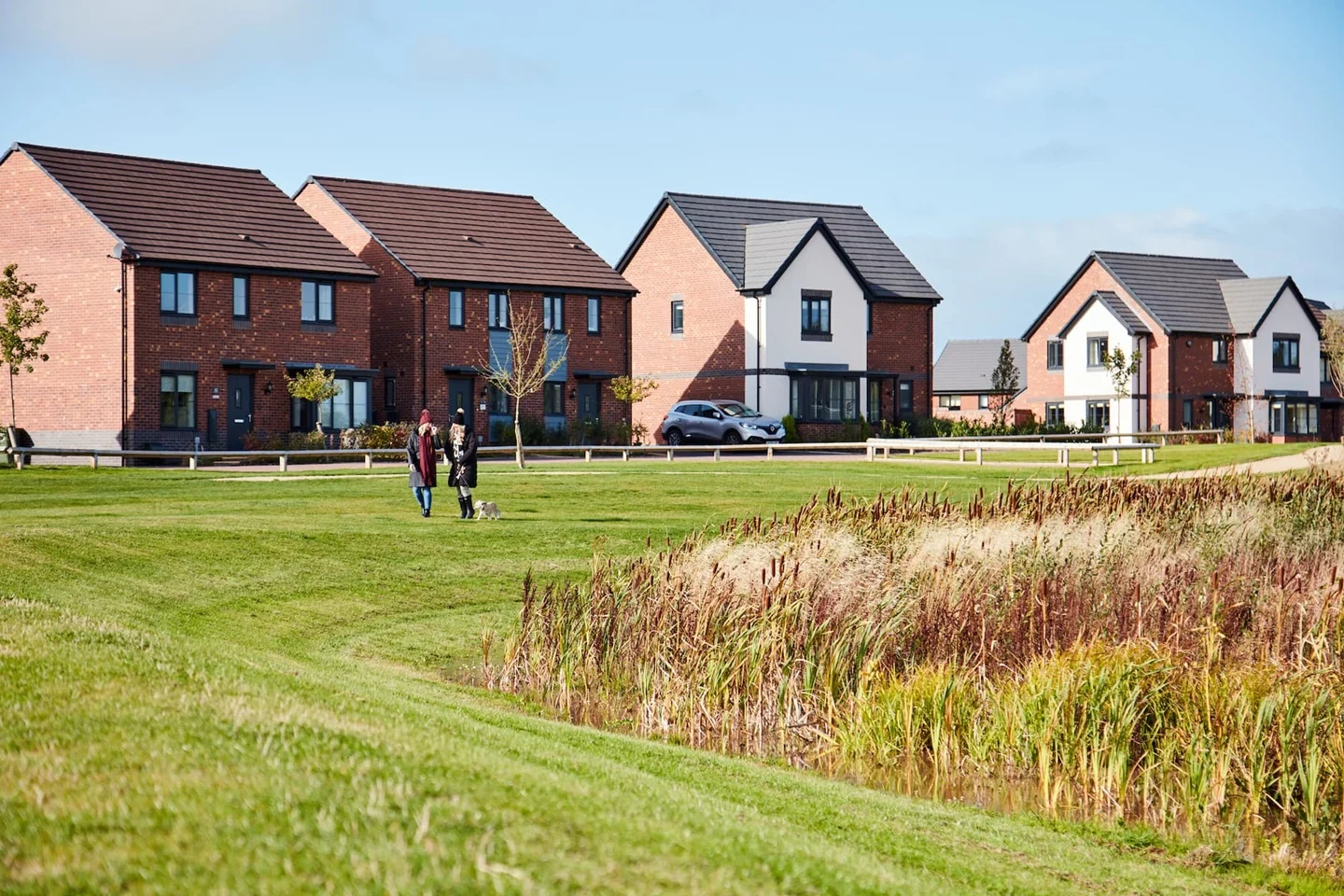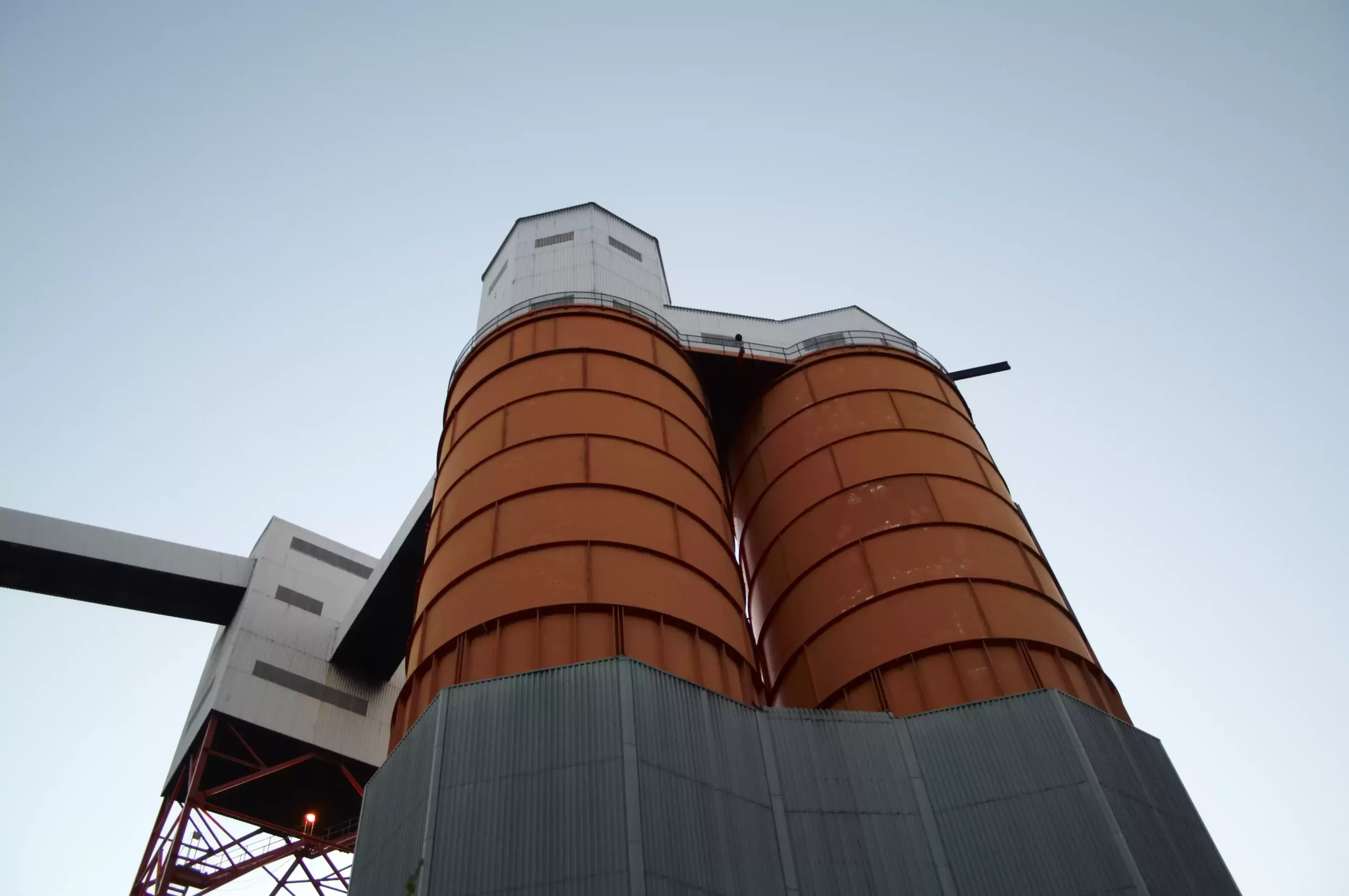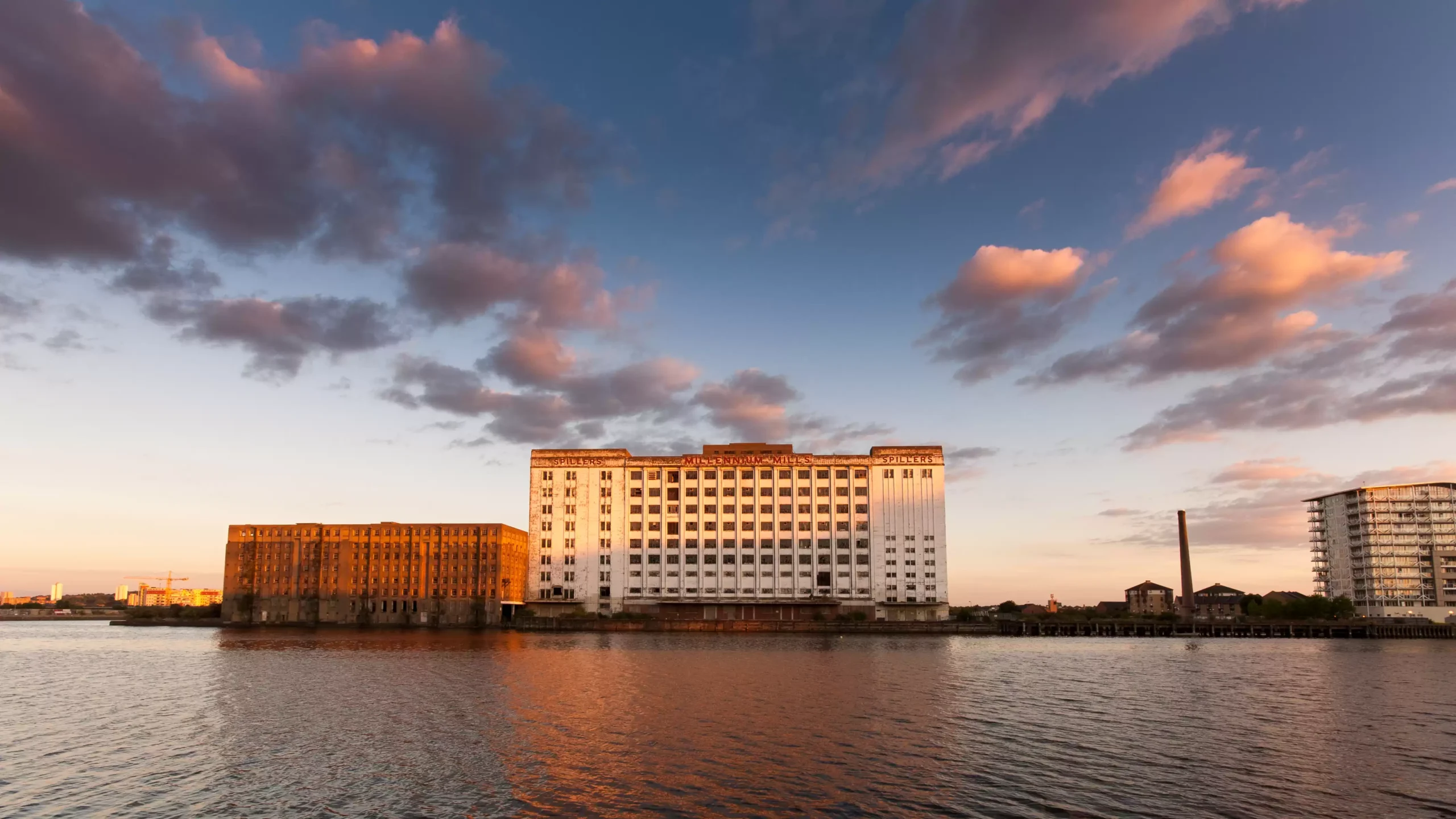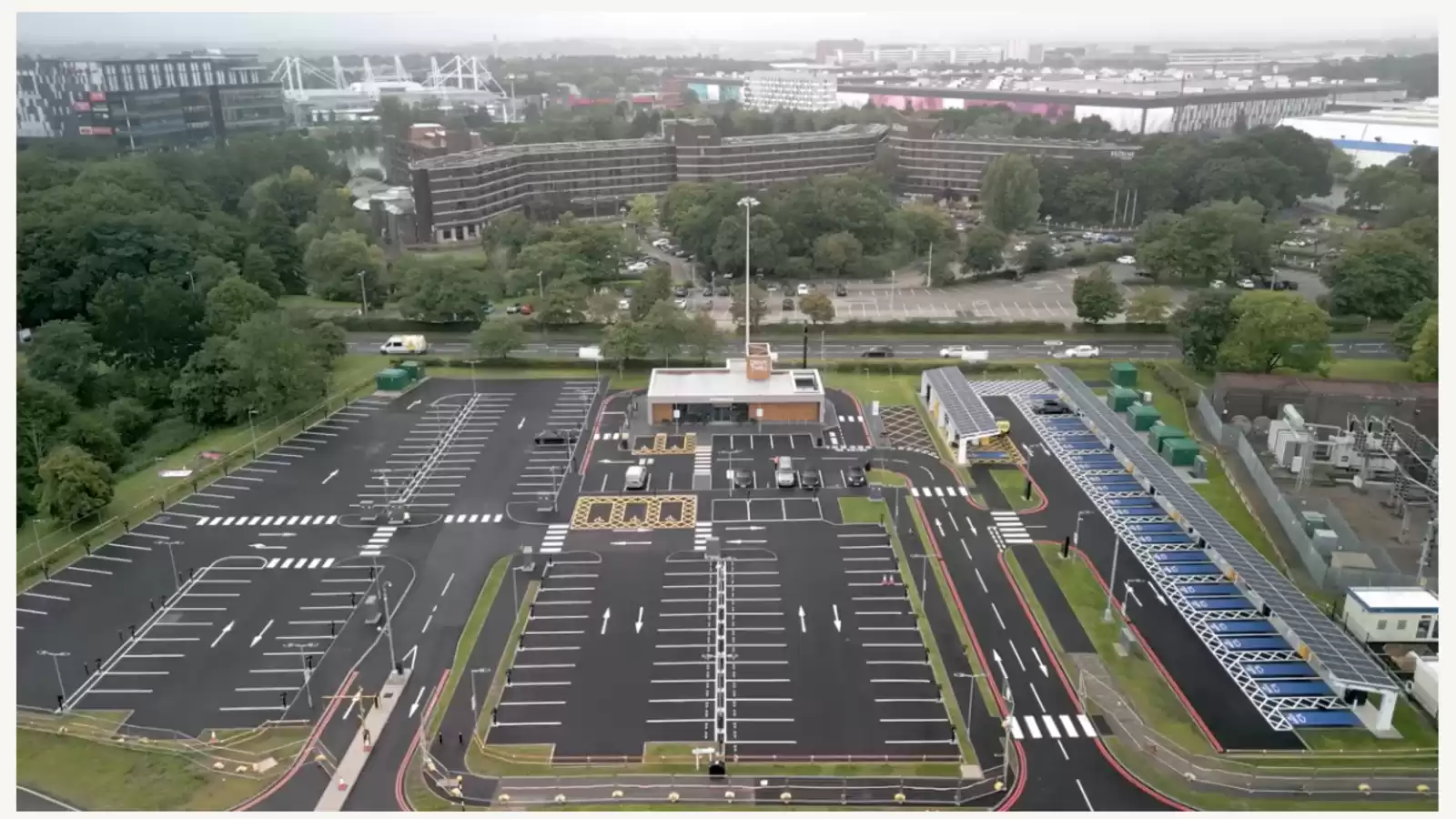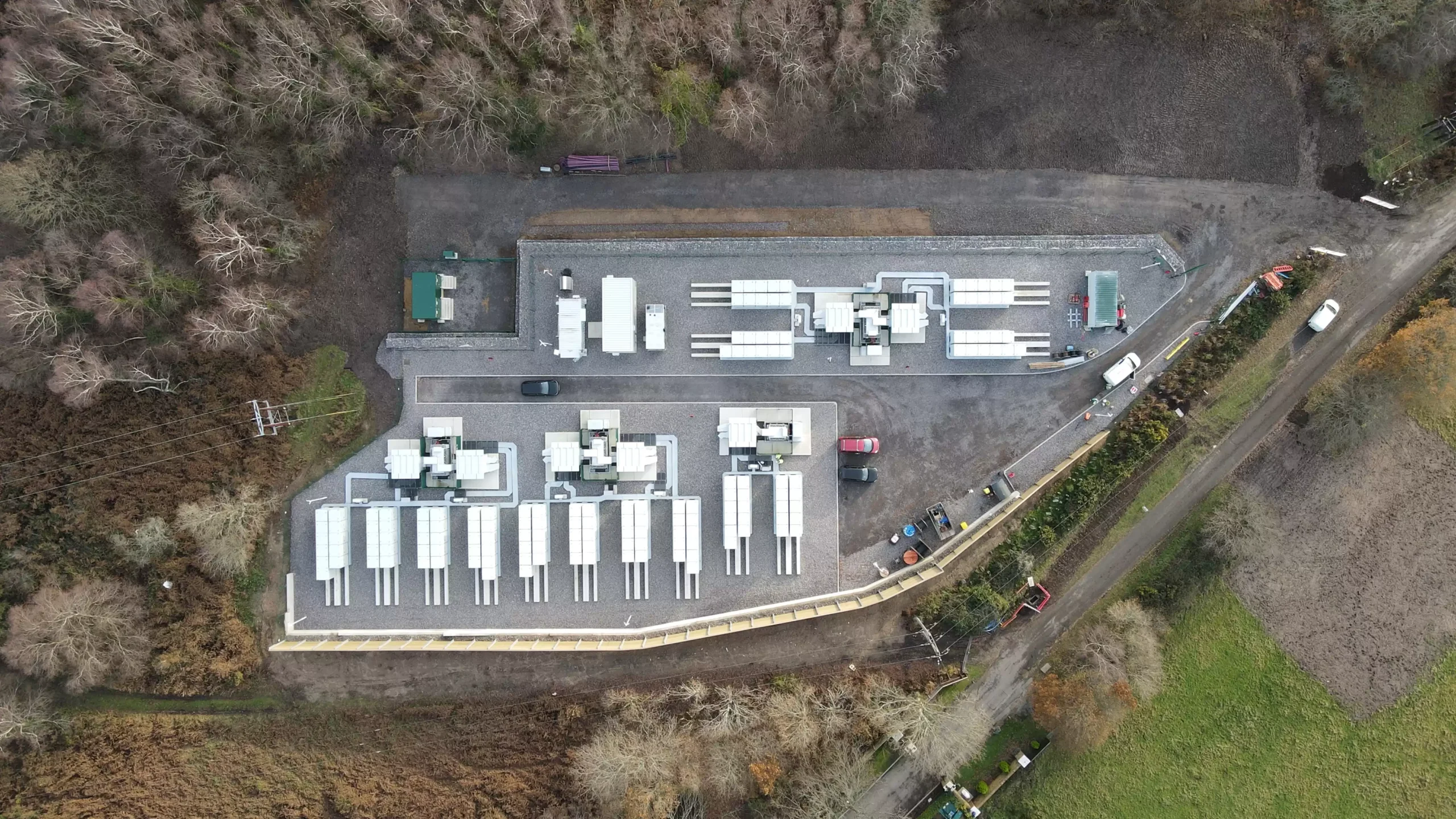Burleyfields is a multi-phase residential development of almost 800 new homes in Stafford. The scheme is being brought to life by Taylor Wimpey, one of the UK’s largest residential developers.
Project overview
Part of a growing community, Burleyfields will feature a new school, community centre and well-equipped play area. The development will also feature a new pond designed as part of a larger sustainable drainage scheme, new habitats for ecology and wildlife with large areas of open space.
At mua, we’re proudly adopting the electricity, gas and water infrastructure on the development as the independent distribution network operator (IDNO), independent gas transporter (IGT) and water and wastewater provider (NAV).
The challenge
We’re adopting and operating all three utilities on the development, with our multi-utility construction partner Infrastructure Gateway Limited installing the new infrastructure.
When designing the water infrastructure, we identified that the site faced capacity constraints within the existing wastewater network. We needed to ensure that our new infrastructure could meet the demand required by the development and align with the project’s build plan.
Our solution
We worked closely with the developer and the incumbent water company to address the capacity constraints and ensure our new water and wastewater infrastructure could meet the demand required by the development.
This involved a comprehensive evaluation of the network’s limitations, identifying solutions that ensured the system could support the planned developments. By leveraging effective communication and strategic planning, we were able to implement measures that met both immediate and long-term requirements, ensuring seamless integration with the overall infrastructure.
In designing the multi-utility infrastructure for Burleyfields, we also needed to support the developer’s commitment to build sustainable homes and communities for the future.
We’re implementing and adopting sustainable urban drainage systems (SuDS) at Burleyfields to reduce demand on the drainage network by surface water runoff more effectively. By incorporating features like permeable surfaces, retention basins and the new pond, the SuDS will help minimise flood risk, improve water quality by filtering pollutants and mitigate environmental impacts. They also enhance biodiversity, support ecosystems and align the development with sustainable and climate-resilient practices.
